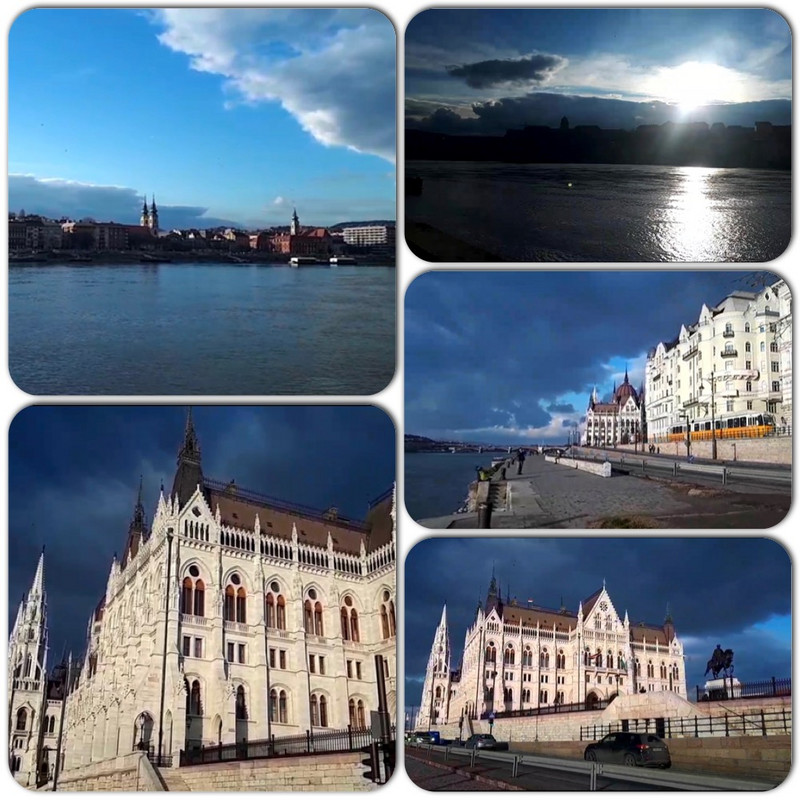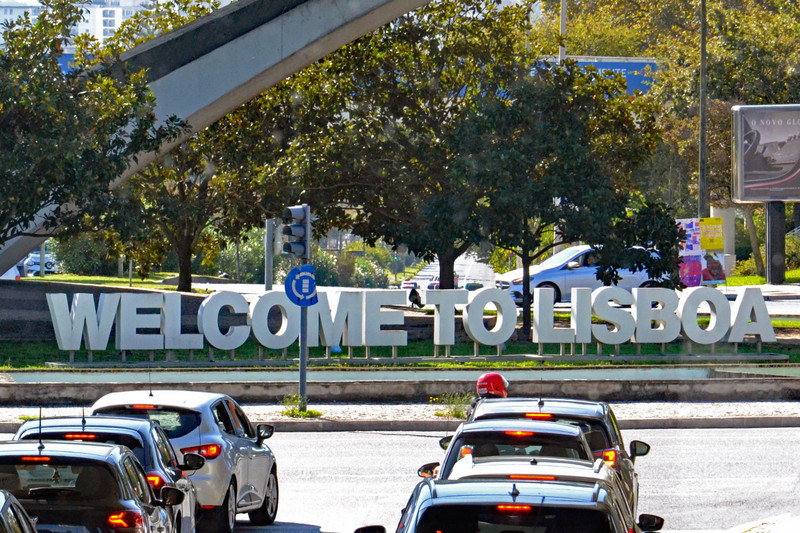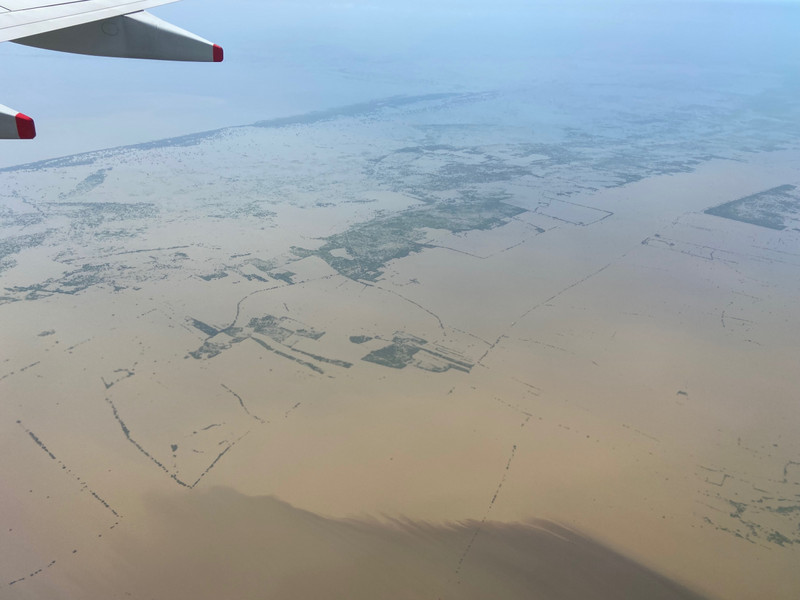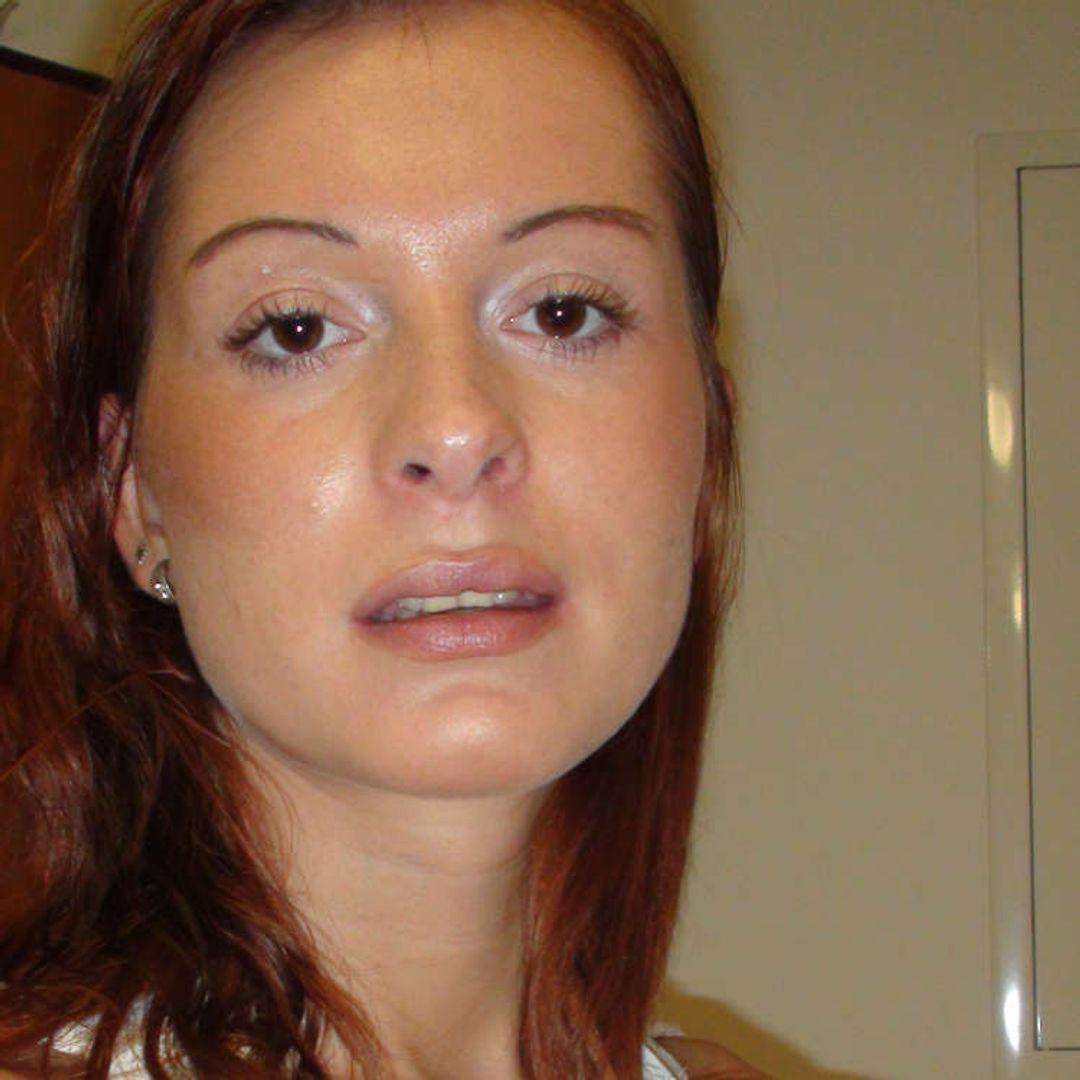A couple of years ago we went on a Danube river cruise and I remember as we sailed into Budapest the sight of the beautiful Parliament Building was truly amazing and then in the evening seeing it all lit up was even more magical.
I had been on another of Adams fours and remembered his he was so full of knowledge and had what he called micro stories to tell, interesting facts about Budapest that are not necessarily in any tourist book.
We were on the Pest side, the skies were full of clouds ranging from white to menacing black ones which all added to the atmosphere as we started our journey.
The memorial is simple yet chilling, depicting the shoes left behind by the thousands of Jews who were murdered by the Arrow Cross, a fascist, organization that brutally and publicly terrorized the Jews in Budapest by beating and killing them.
to the Austrian border and approximately 20,000 Jews were brutally shot along the banks of the Danube River. The victims were forced to remove their shoes & jackets at gunpoint and they were shot, falling over the edge to be washed away by the freezing waters.
It was created by film director Can Togay and the sculptor & consists of over 50 pairs of shoes, true to life in size and detail, all sculpted out of iron.
The style of footwear - a mans work boot; a business mans loafer; a womans pair of heels; even the tiny shoes of a child - were chosen specifically to illustrate how no one, regardless of age, gender, or occupation was spared. Placed in a casual fashion, as if the people just stepped out of them, these little statues are a grim reminder of the souls who once occupied them - it was such a sad story but this memorial is a beautiful place of reflection.
The Parliament Building is built in the Gothic Revival style; it has a symmetrical faade and a central dome. Imre Steindl submitted his plans upon the official call for a parliament building in 1880. The Gothic design reflects the inspiration he found in the Palace of Westminster.
Like our own Parliament there is a House of Commons & a House of Lords, with a red carpet in the Commons & blue in the House of Lords, the seats in this house were larger than in the Commons, as Adam explained the Lords more often were of larger build so needed larger seats.
With a height of 96m it is one of the two tallest buildings in Budapest, along with St. Stephens Basilica.The number 96 refers to the nations millennium, 1896.
The Ministry of Agriculture Building directly across from The Parliament Building, was the backdrop for a pivotal moment in Hungarys 1956 Revolution against Soviet control.
October 25th 1956 now known to Hungarians as Bloody Thursday, thousands of peaceful protesters congregated at the Parliament Building. To quell the demonstration, Soviet troops and state secret police
opened fire on the crowd. Some of the fleeing protesters took shelter behind the faade of the Ministry of Agriculture Buildings colonnade, and as a result, their pursuers fired in their direction leaving scars on the buildings structure in the process.
Its unclear how many died during the massacre and despite the bloody revolution, the Hungarians bid for autonomy was ultimately squelched by Soviet reinforcements in November of 1956.
So another sad reminder as we saw dozens of bronze balls to mark where bullet holes from the revolution once riddled the outer wall of the buildings arcade.
Adam our guide told how he had met a young survivor who had managed to escape the bullets, he heard how for many many years the young man had lived overseas but finally returned to Hungary & brought his family to the place he very nearly lost his life.
End route to St. Stephens Basilica we passed a beautiful building, now under redevelopment. The Adria Palace was built in 1902, owned by a the exterior of the building contains many marine elements such as shells, ropes, anchors, and sea creatures.









